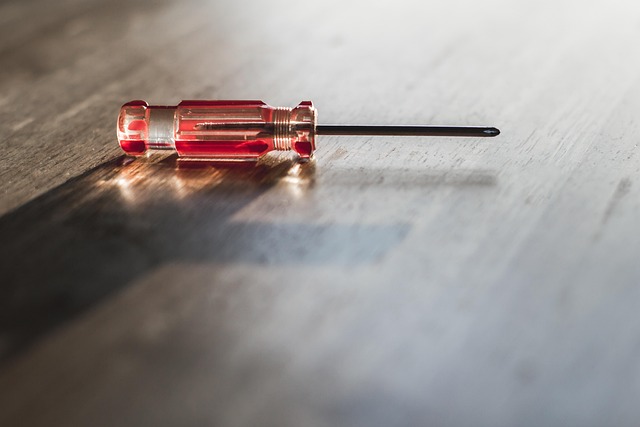Understanding your vehicle's braking system is key for performing select DIY auto repairs, including pad and rotor replacement. Regularly inspect brakes, bleed lines, and drain/refill oil to ensure optimal performance. Before starting any select DIY auto repairs, gather proper tools, safety gear, and consult the service manual. Replace pads and rotors by accessing wheel wells, cleaning components, and ensuring even braking force during calibration. Regular servicing, including fluid checks and replacements, is crucial for safety and longevity.
“Take control of your vehicle’s safety with our comprehensive DIY brake repair guide. Understanding the intricacies of your car’s braking system has never been easier. From identifying components like calipers, pads, and rotors, to diagnosing issues at home, this step-by-step process equips you for successful repairs. Learn how to gather essential tools and safety gear, replace pads and rotors with ease, and calibrate brakes for optimal performance. Empower yourself with the knowledge to tackle select DIY auto repairs, ensuring a safer driving experience.”
- Understanding Brake System Components
- Diagnosing Brake Problems at Home
- Gathering Tools and Safety Gear
- Replacing Brake Pads and Rotors
- Calibrating Brakes After Repair
- Maintaining Optimal Braking Performance
Understanding Brake System Components
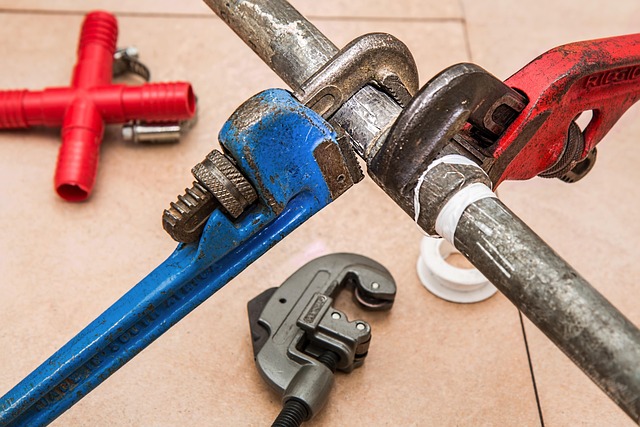
Understanding the various components that make up your vehicle’s braking system is a crucial step in tackling DIY auto repairs, specifically for brake-related tasks. The brake system is a complex network designed to slow or stop the rotation of wheels, thereby controlling and stopping the vehicle. At its core are the brakes themselves, which can be disc or drum brakes. Disc brakes feature a flat rotor clamped between brake pads, while drum brakes use a cylindrical drum with shoes that press against the inside surface.
Other key components include the master cylinder, which generates hydraulic pressure when you apply the brake pedal; the calipers (in disc brakes) or wheel cylinders (in drum brakes), responsible for squeezing the brake pads or pressing against the brake drums; and the brake fluid, a specialized liquid that transmits the pressure from the master cylinder to the brakes. Additionally, the brake pads and rotors (or drums) wear down over time and require periodic replacement, making them excellent candidates for DIY repairs alongside the engine tune-up at home and fixing a flat tire steps.
Diagnosing Brake Problems at Home
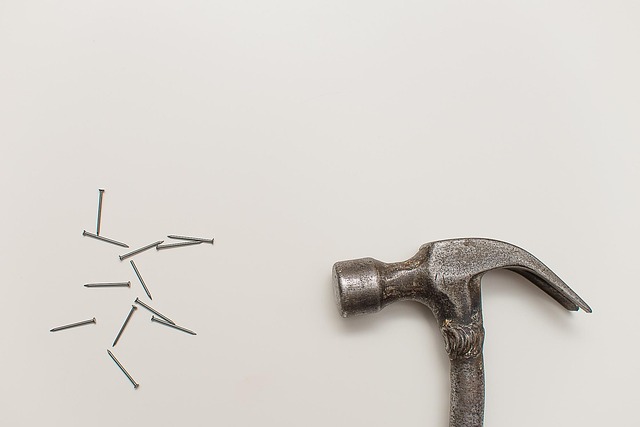
Many car owners opt for DIY auto repairs to save costs and gain control over their vehicle’s maintenance. When it comes to diagnosing brake problems, there are several simple checks you can perform at home before taking your car to a mechanic. Start by inspecting your brakes visually; look for any signs of damage, wear, or corrosion on the pads, rotors, or calipers. A loose steering wheel could also indicate an issue with your brake system.
Next, consider performing a car brake bleeding DIY if you suspect air in the lines. This process involves releasing the pressure from your brake fluid and replacing it as needed. It’s a crucial step to ensure your brakes work effectively. Additionally, learning how to do a diy oil pan drain and refill can help keep your entire vehicle running smoothly, including its braking system, by ensuring optimal lubricant levels.
Gathering Tools and Safety Gear

Before tackling any DIY auto repairs, ensuring you have the right tools and safety gear is paramount. For brake repair, you’ll need a selection of specific tools tailored to this task. This includes jack stands for safe vehicle elevation, a floor jack for lifting the car, and a set of wrenches and sockets in various sizes to fit different components. Don’t forget protective gear like gloves and safety glasses to shield yourself from debris and potential hazards.
Additionally, gathering items like brake fluid (usually recommended in tire rotation instructions), new brake pads, and rotors will be essential for the repair process. For instance, a diy headlight restoration kit can also be beneficial if your car’s headlights are showing signs of aging or damage. These initial steps will set the foundation for a successful and safe DIY brake repair job.
Replacing Brake Pads and Rotors
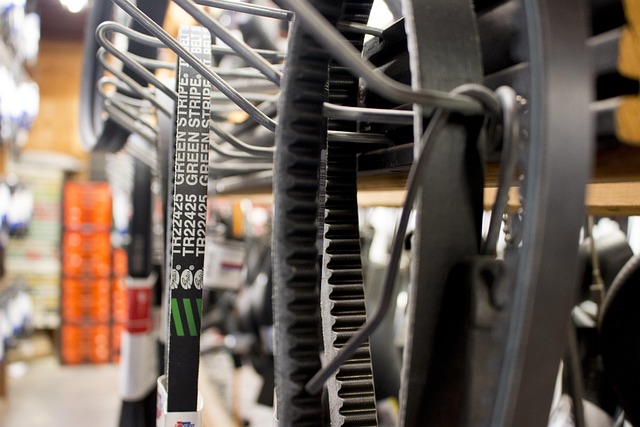
When it comes to DIY auto repairs, replacing brake pads and rotors is a task many car owners can handle with the right tools and knowledge. It’s a crucial maintenance step for ensuring safe driving conditions. First, locate your vehicle’s braking system components. This typically involves accessing the wheel wells to find the pads and rotors attached to the brake calipers and hub assemblies. Before beginning, make sure to check your vehicle’s service manual for specific instructions tailored to your make and model.
The process usually entails removing the wheels, disconnecting the brakes from the car’s hydraulic system, and then replacing the old pads with new ones. This is where having the correct tools, such as jack stands, socket sets, and a brake piston tool, proves invaluable. Once the pads are in place, it’s time to address the rotors. They may require cleaning to remove any corrosion or debris, after which new rotor surfaces are ready for installation. Remember, proper alignment and balance of the new rotors are essential for optimal braking performance.
Calibrating Brakes After Repair
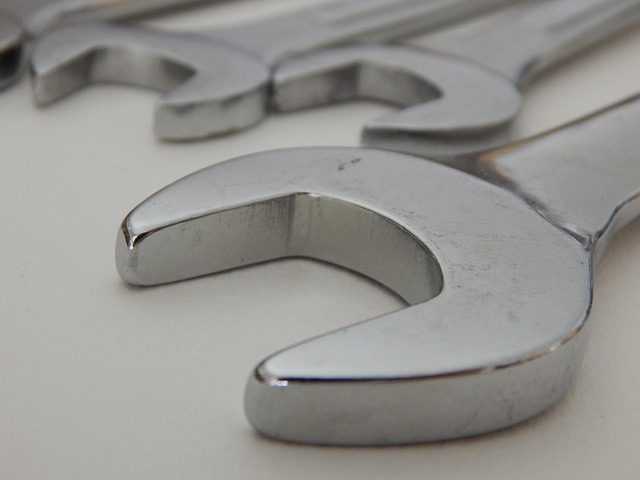
After successfully repairing your brakes, it’s crucial to calibrate them for optimal performance. This involves testing the braking force and adjusting until each wheel stops consistently. Calibration ensures that all four wheels work in harmony, providing uniform stopping power. It’s a simple yet vital step in any DIY auto repair project focusing on select parts like brakes.
Remember, proper calibration enhances safety by preventing uneven wear and improving control. Following fix flat tire steps or even performing a diy coolant leak repair might be on your to-do list, but braking system tune-up at home deserves special attention. Take the time to test each wheel individually and adjust as needed—it could save you from potential hazards down the road.
Maintaining Optimal Braking Performance
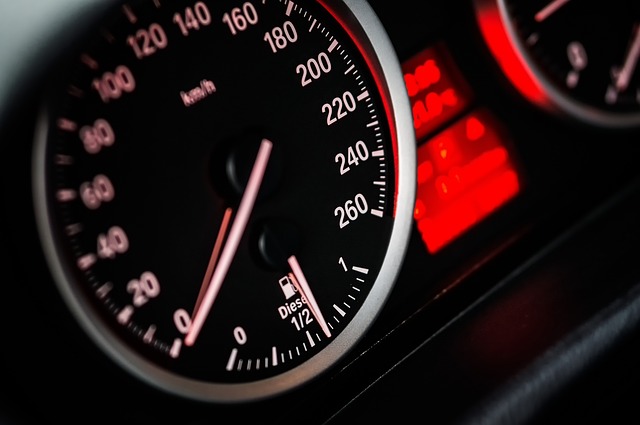
Maintaining optimal braking performance is crucial for your safety on the road and the longevity of your vehicle. Regularly inspecting and servicing your brakes is a key part of responsible car ownership, especially when considering DIY auto repairs. By keeping an eye on wear and tear, you can prevent serious issues that may compromise your ability to stop effectively.
One simple yet effective way to maintain your braking system is by ensuring regular fluid checks and replacements. Brake fluid should be toppled up as needed, and a complete flush considered every few years or as recommended by your vehicle’s manufacturer. Alongside this, visual inspections can help identify worn brake pads or rotors, which should be replaced promptly. Remember, restoring old car interior components isn’t always necessary for optimal braking—it’s mainly about maintaining the core functional parts to ensure safe and efficient stopping power.
A well-maintained brake system is crucial for your safety on the road. By understanding the components, diagnosing issues early, and using this DIY brake repair guide, you can confidently tackle common problems like worn pads and rotors. Remember, while these tasks are within reach for many car enthusiasts, complex brake repairs may require professional assistance. For those eager to explore select DIY auto repairs, this knowledge base offers a solid starting point for enhancing braking performance and ensuring a smoother ride ahead.
